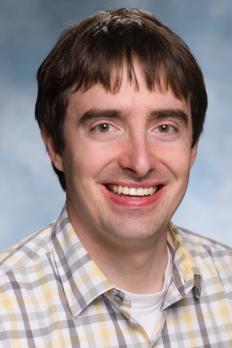
Michael Manhart, PhD
Education
Bio
Michael Manhart is an Assistant Professor in the Department of Biochemistry and Molecular Biology and the Department of Medicine at the Robert Wood Johnson Medical School. He is interested in the quantitative principles of biology, especially the ecology, evolution, and systems biology of microbial communities. His long-term goal is to develop for these systems a predictive, quantitative theory to solve important microbiological problems in human health.
Before joining CABM, he was a junior group leader (Swiss National Science Foundation Ambizione fellow) in the Institute of Integrative Biology at ETH Zurich (Swiss Federal Institute of Technology) and the Department of Environmental Microbiology at Eawag (Swiss Federal Institute of Aquatic Science and Technology). Prior to that he was a postdoctoral fellow (NIH NRSA fellow) in the Department of Chemistry and Chemical Biology at Harvard University and completed his Ph.D. in biophysics in the Department of Physics and Astronomy at Rutgers University.
Research Focus
Assistant Professor of Biochemistry & Molecular Biology, RWJMS
Assistant Professor of Medicine, RWJMS
Member, Rutgers University Microbiome Program
Administrative Appointments
Director of CABM Microbiome Program
Swiss National Science Foundational Ambizione Fellow, 2018
NIH Ruth L. Kirschstein NRSA Postdoctoral Fellow, 2015
